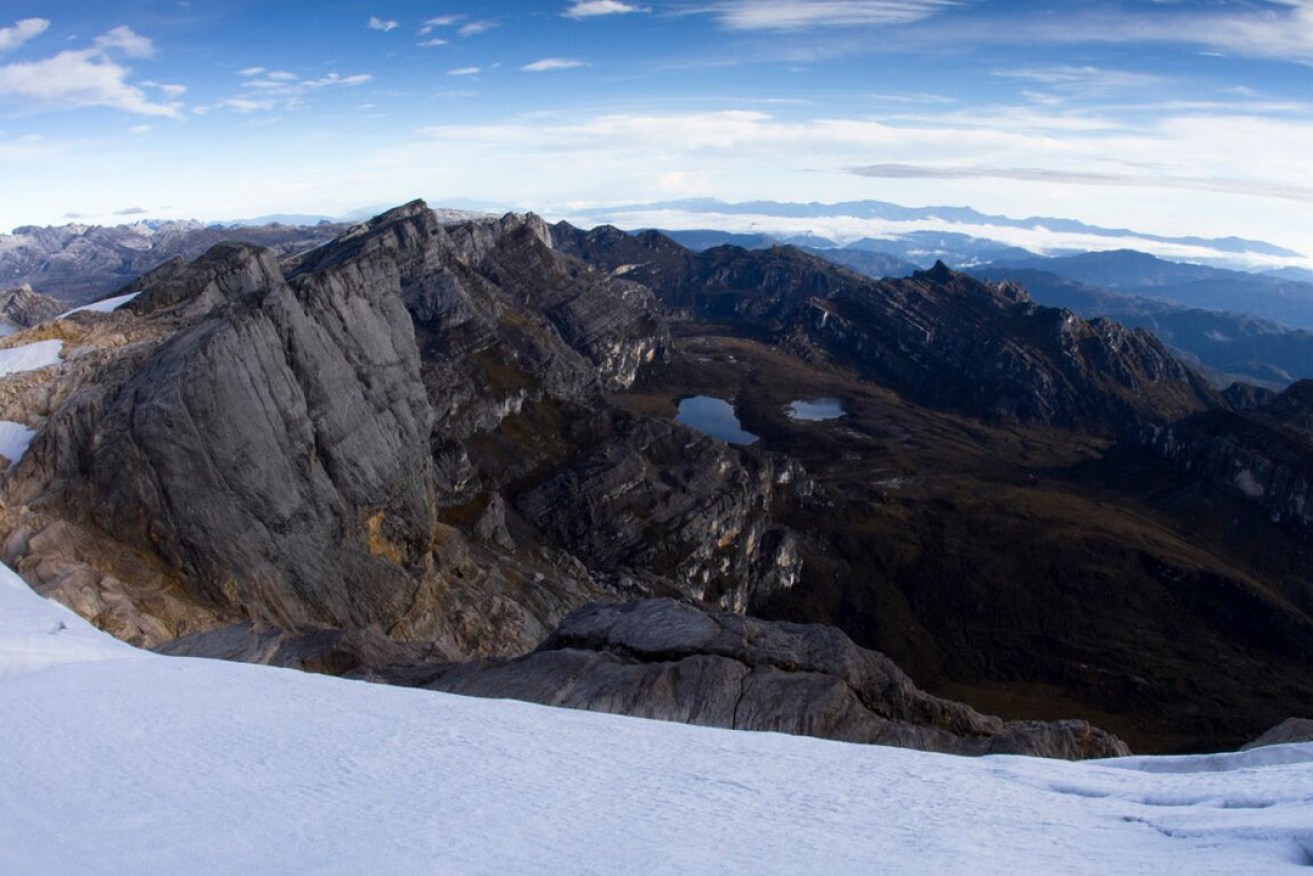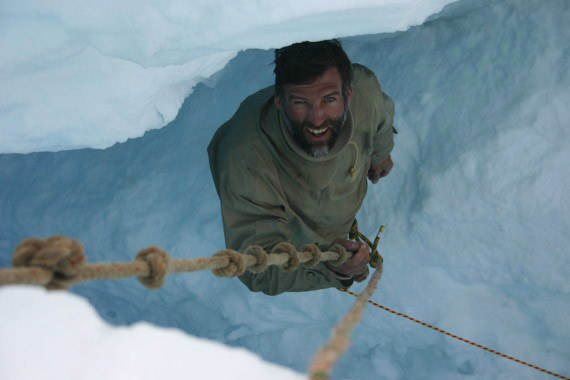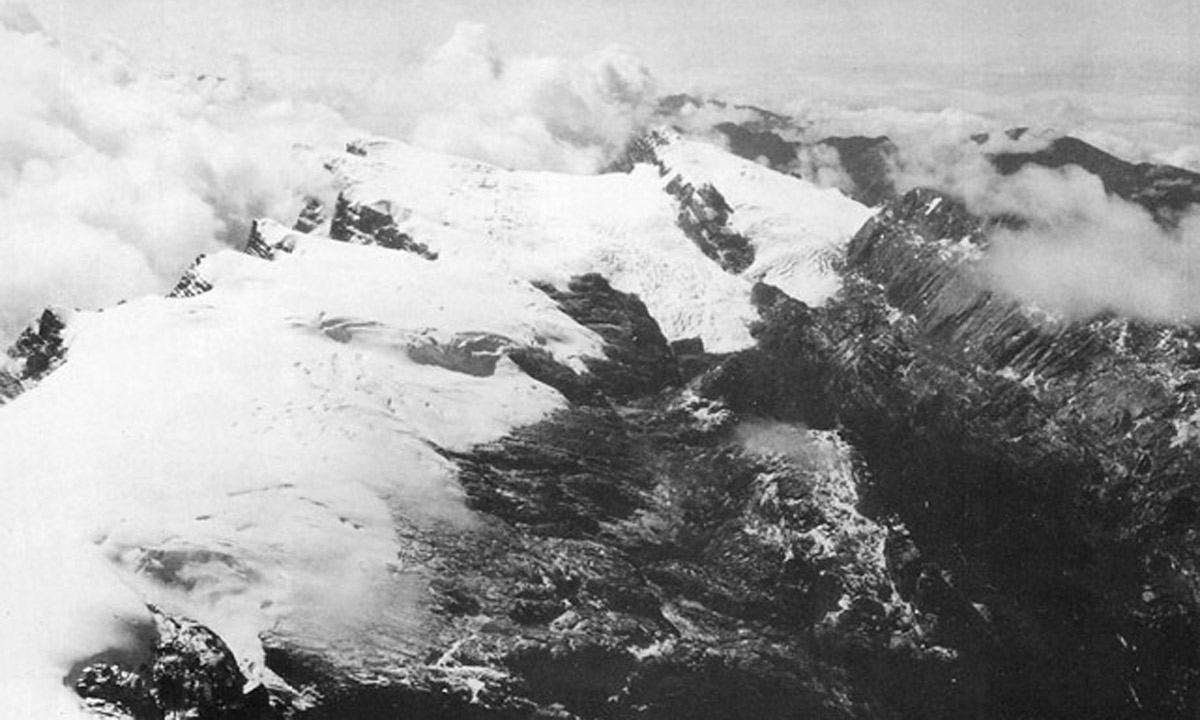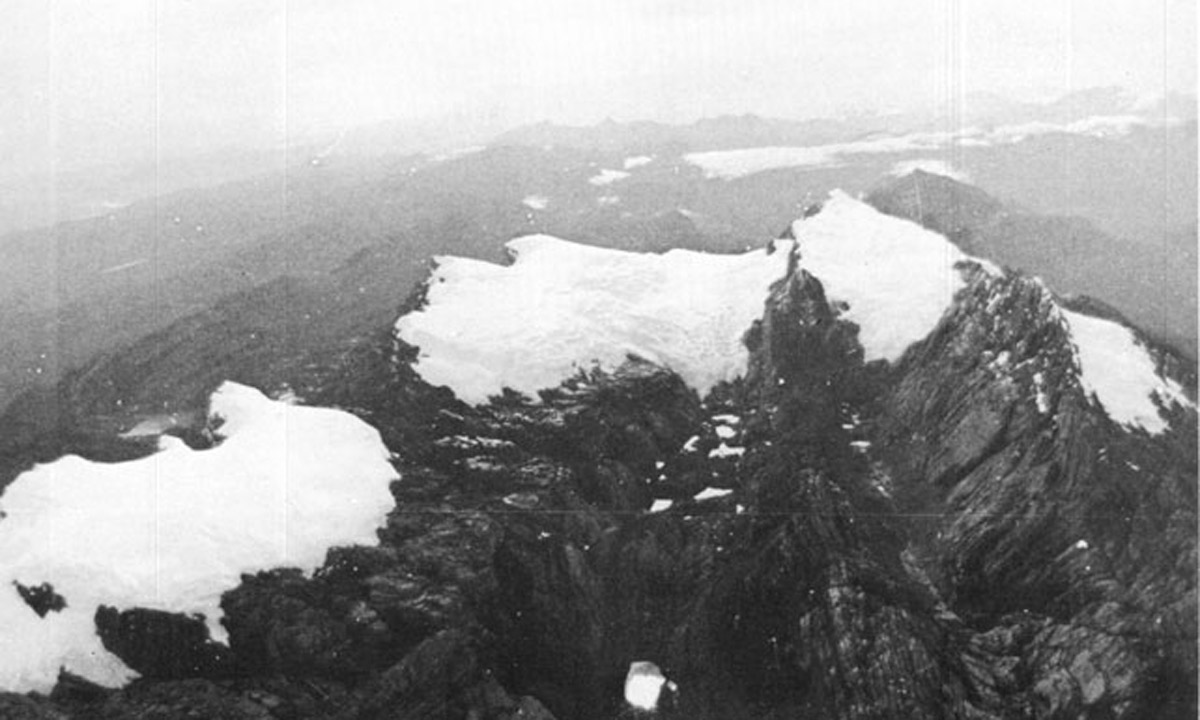Govt helps fund SA climber’s Climate Summit quest
The State Government is sponsoring a mountaineer to scale three peaks in 12 days during the Paris Climate Summit next month.


Carstensz Pyramid - one of the mountains Tim Jarvis and his team will climb.
South Australian adventurer Tim Jarvis will climb three of the 25 equatorial mountains on Earth that still feature glaciers.
Each of those glaciers is expected to melt within a quarter of a century.
Jarvis’s team will beam footage of the treks to the conference. If they raise enough money to purchase the communication equipment, members will also speak to delegates in real time.
The State Government has pitched in $100,000 for the expedition – about a quarter of the total cost.
“The big problem with climate change is that it’s intangible … you can’t see, smell or taste carbon,” Jarvis told InDaily.
“You need a nice, simple, visual metric for the issue … and I think melting glaciers are a very clear visual indicator for people.”
Premier Jay Weatherill told InDaily the summit presented an “enormous opportunity” for South Australia to capture the world’s attention.
“Tim’s expedition is one way we can put our state on the international stage, so we are pleased to support the journey of this proud South Australian,” he said.
Jarvis and his team will scale Carstensz Pyramid in Indonesia, Mount Stanley in Africa and Mount Chimborazo in South America.
He said Carstensz Pyramid had had glaciers for the last 30,000 years at least, “and the glaciers have got under two years left”.
“These mountains are very, very well documented, so you’ll see before and after shots of what the ice used to be like compared to the way it is now.
“It’s universally accepted that human-induced climate change is the major cause of [those glaciers] melting.
“The fact that we’re doing it from Asia, from Africa and from South America will really convey the global nature of the issue.
“I think it provides a very powerful visual indicator of climate change in action.”
Jarvis said he had been shocked by the lack of action on climate change since the first international climate conference in the late 1970s.
“(Paris) is the international climate change talk that everybody is placing a lot of faith in,” he said.
The team has booked time to address several powerful gatherings during the conference.
These include a meeting of large corporate representatives from Audi, Coca-Cola, Hewlett Packard and other companies, a forum of subnational governments chaired by Premier Weatherill, and a series of workshops run by the World Wildlife Fund.
The team will also have the opportunity to “piggy back” on the press conferences delivered by representatives of the countries it plans to visit.
It has set up a crowd-funding site to help pay for the communications technology to speak to delegates in real time. The site has so-far received about $4400 – well short of its $45,000 goal.
Jarvis said if the goal was not reached, the team would be able to provide only pre-recorded footage, rather than real-time dialogue.







